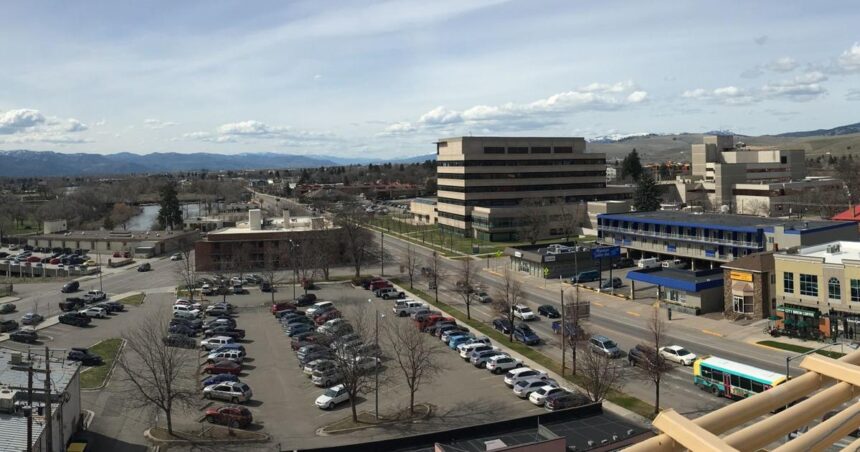A Missoula city agency will use $47,725 in Tax Increment Financing to build out a sidewalk network in a low-income neighborhood in order to save the residents from having to pay for the infrastructure themselves.
The Missoula Redevelopment Agency’s board unanimously approved using the money at their meeting on Thursday. The sidewalks will be added to Maple, Birch and Sherwood streets north of Broadway and west of Russell Street. Bike lanes will be added to both sides of Birch Street.
The area is in the Westside neighborhood and the construction is taking place inside the city’s Urban Renewal District II. There are six districts in the city. Inside those districts, the extra property taxes generated since the district was formed are controlled by the agency to be used as Tax Increment Financing to support new development in the district.
Ellen Buchanan, the agency’s director, said her office has been trying to complete sidewalk networks in low-income neighborhoods in the city’s Urban Renewal Districts, which are generally lower-income neighborhoods, since 2008. She said the adjacent property owners, including business owners, will not have to pay a special assessment to pay for the sidewalks, unlike how most sidewalks are paid for everywhere else in the city.
People are also reading…
“When we do sidewalk projects in Urban Renewal Districts, it is 100 percent paid for using Tax Increment Financing,” she said. “One reason for doing it this way is because board and staff are concerned about gentrification in these areas. These are generally low-income neighborhoods. We want to hedge and fend off gentrification. When property owners are required to pay assessments (for sidewalks), either their property tax bill goes up or they pass it on to tenants. And that’s one of the things we are trying to guard against in District II and the other Urban Renewal Districts. So sidewalks are provided at no cost.”
Jil Dunn, the project manager, said that many driveways in the area will be reconstructed.
“This project involves constructing sidewalks in areas that don’t currently have them, so that’s very nice for the neighborhoods and specifically for the businesses that don’t have them,” Dunn told the board. “We are extending the nonmotorized transportation network. That’s a unique benefit.”
She said the project is a partnership between the agency and the city’s Public Works and Mobility Department. Dunn has a map of many streets in Urban Renewal District II where sidewalks are needed.
“This project meets the board’s desire to complete the map before Urban Renewal District II sunsets (and all its property taxes go to the city’s general fund and other taxing jurisdictions) in 2031,” Dunn said.
She showed the board pictures of where existing sidewalks just end at a property boundary line, creating dangerous situations for pedestrians and cyclists at night.
Construction is expected to begin next year.
Unfortunately, Dunn said, several trees will probably have to be removed as part of the project.
David Erickson is the business reporter for the Missoulian.





